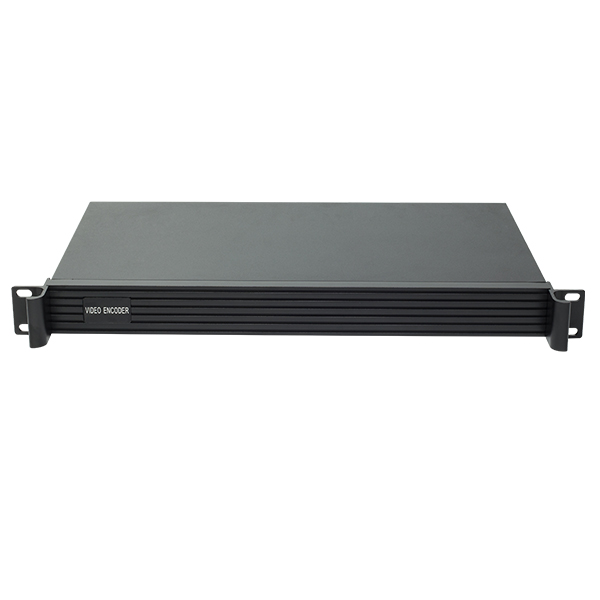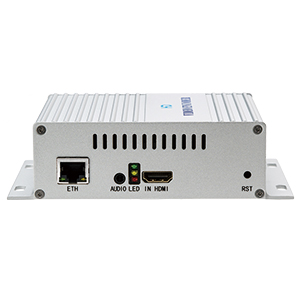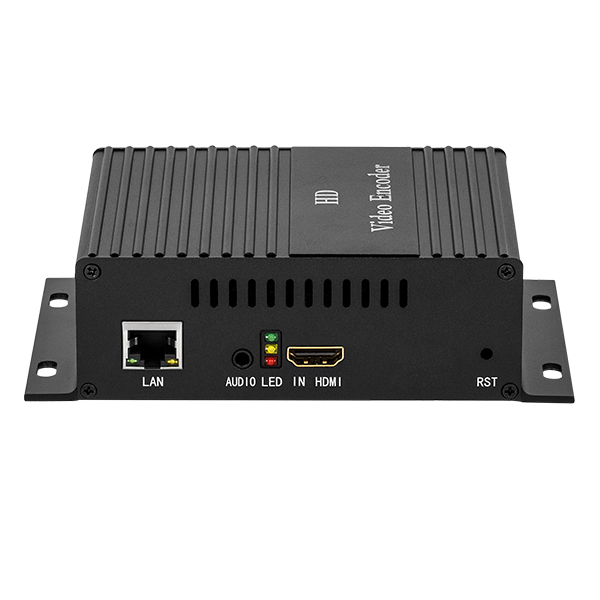HEVC (H.265) vs. AVC (H.264): What’s the Difference?
 Dec 18,2023
Dec 18,2023

 Haiwei
Haiwei
The Major Difference Between H.264 and H.265
H.264 (AVC) and H.265 (HEVC) are both standards for video compression used in recording and distributing digital video. Why would you choose one over the other? The main difference between H.264 and H.265 is how each processes information and the resulting video file size and bandwidth consumption used with each standard.
H.264 processes frames of video using macroblocks, while H.265 processes information using coding tree units (CTUs). CTUs process information more efficiently, which results in a smaller file size and less bandwidth used for your streamed video. There’s more to learn about macroblocks, CTUs, and these standards
AVC (H.264) – An Introduction
H.264 (also called AVC, or Advanced Video Coding) is an industry standard for video compression that allows for the recording, compression, and distribution of digital video content.
It works by processing frames of video using a block-oriented, motion-compensation-based video compression standard. Those units are called macroblocks. Macroblocks typically consist of 16x16 pixel samples that can be subdivided into transform blocks, and may be further subdivided into what are known as prediction blocks. See the example below.
While that might sound confusing, here’s what you need to know: The H.264 algorithm can substantially lower bitrates better than previous standards, and is widely used by streaming internet sources like Vimeo, YouTube, iTunes, and more.
What is HEVC (H.265)?
H.265 is newer and more advanced than H.264 in several ways. H.265 (also called HEVC, or High Efficiency Video Coding) allows for further reduced file size, and therefore reduced required bandwidth, of your live video streams.
Unlike H.264 macroblocks, H.265 processes information in what’s called coding tree units (CTUs). Whereas macroblocks can span 4x4 to 16x16 block sizes, CTUs can process as many as 64x64 blocks, giving it the ability to compress information more efficiently.
Learn more about how HEVC impacts live streaming in our article on high bitrates and high image quality.
In addition to the larger CTU sizes, HEVC also has better motion compensation and spatial prediction than AVC does. This means that HEVC requires more advanced hardware, like the Spark or Pro, to be able to compress the data. Fortunately, however, it also means that viewers with H.265 compatible devices will require less bandwidth and processing power to decompress that data and watch a high-quality stream.

Why You Need H.265
Recreational broadcasters can still use older, lower-quality streaming methods and technology, but professionals know that video quality should be a paramount concern.
As technology continues to rapidly develop, consumers have become used to the best possible quality of image on their screen. Anything less can be seen as the mark of an inferior product or service.
FAQ
Should I stream in H.264 or H.265?
Live streaming in H.265 will provide you with a higher-quality image while using less bandwidth. So, if possible, stream in H.265.
Does H.265 reduce quality?
No. It will give you higher quality when the network speed is lower.
Does H.265 use more CPU?
Yes. You'll use more CPU when you try to stream in H.265 from a computer.








 HOME
HOME What is NDI
What is NDI  You May Also Like
You May Also Like







 Tel
Tel
 Email
Email
 Address
Address







